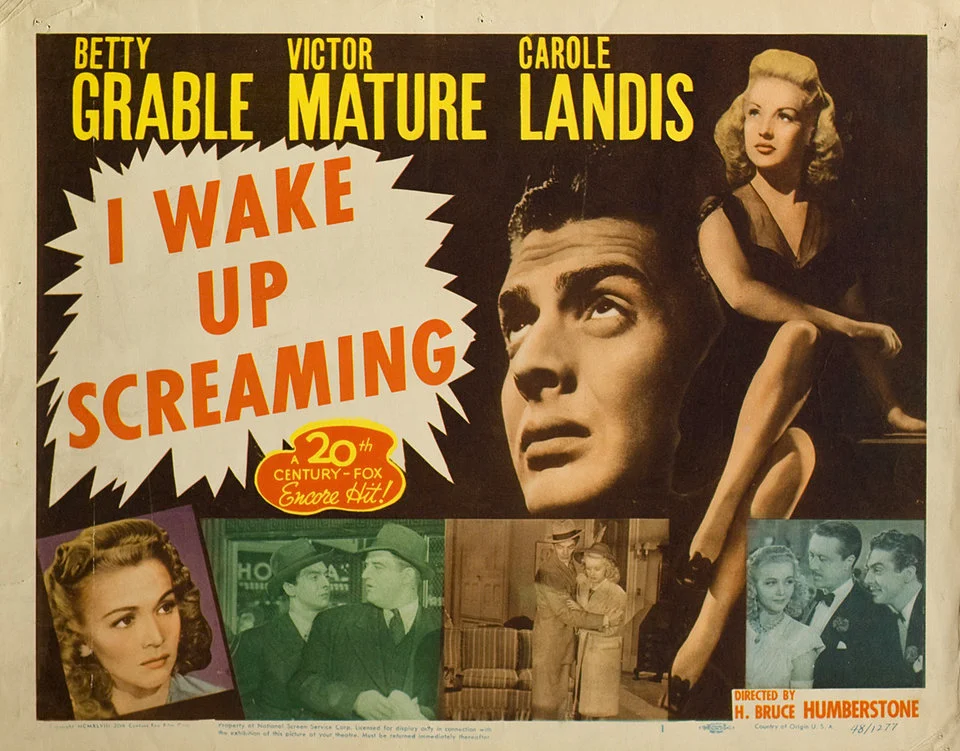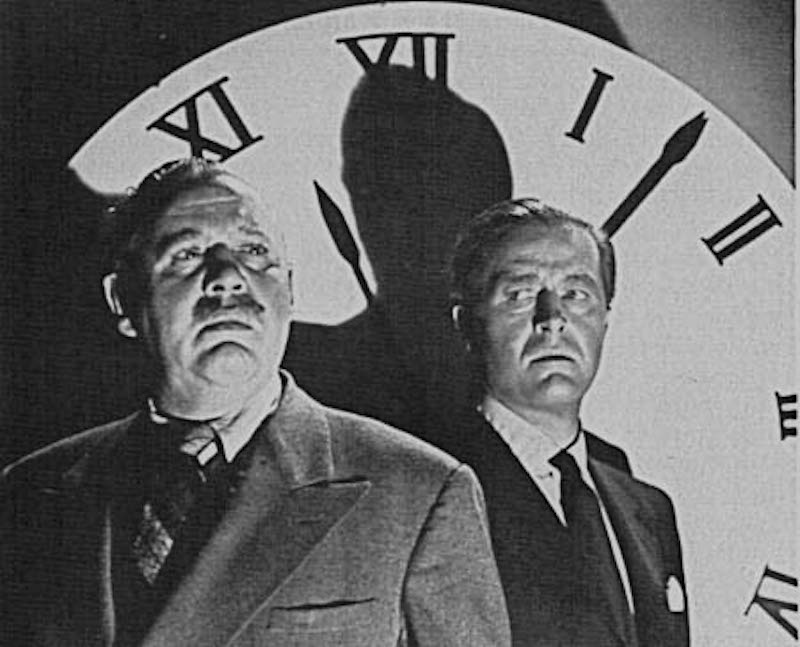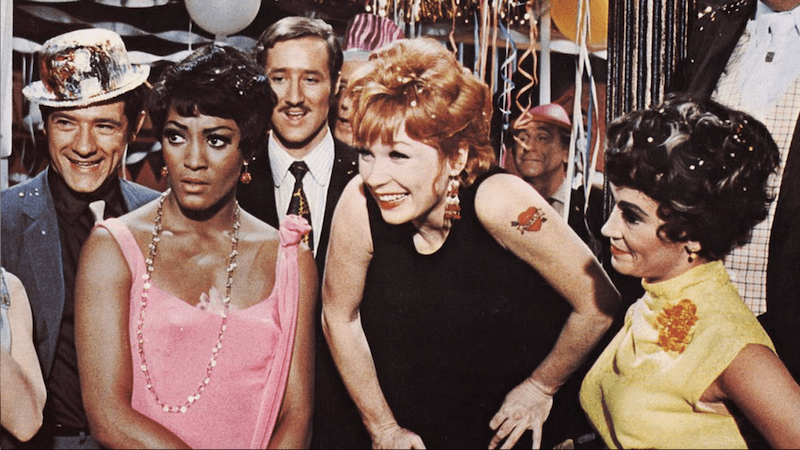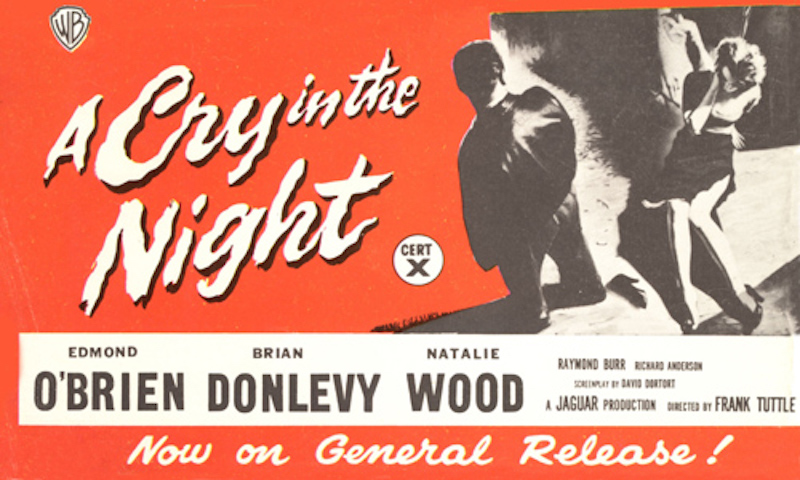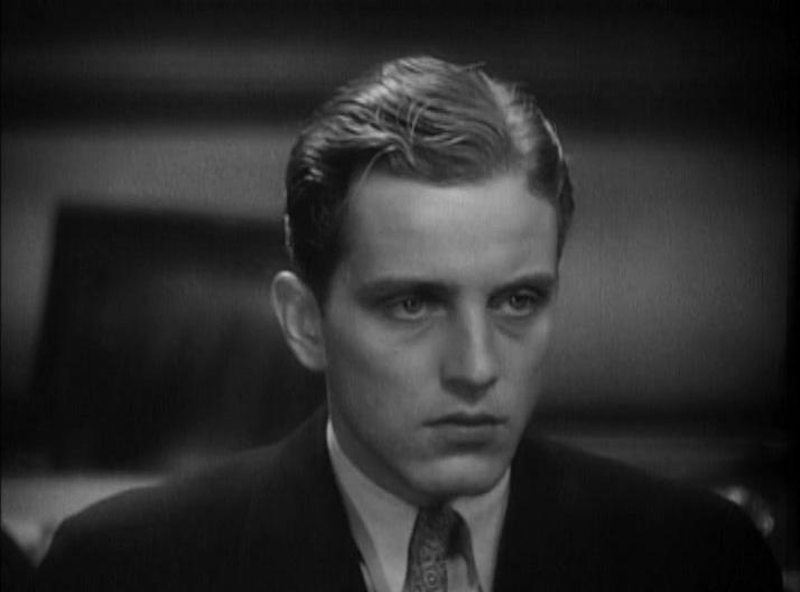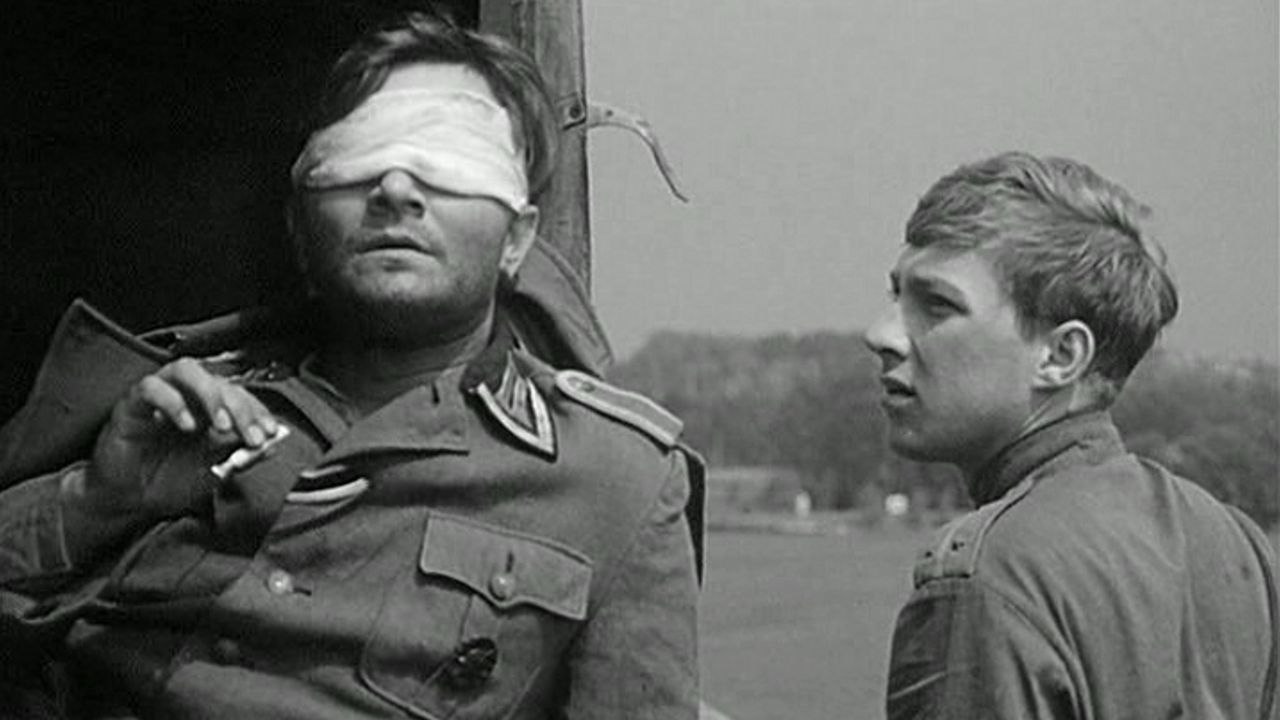I’m a jack of all trades, master of none. It’s my epitaph, along with “Yet Another Patron Saint of Mediocrity.”
Category: Hope for the Future
What They Fought For is Not What’s Coming to us
If we are to have another contest in the near future of our national existence, I predict that the dividing line will not be Mason and Dixon’s but between patriotism and intelligence on the one side, and superstition, ambition and ignorance on the other.
An 80-year-old Letter
Beginning of the End Day—Year 80
“Instead of “Thank you for your service,” try, “We’re sorry you had to expend your blood, sweat, tears and toil to clean up our monumental failings.” Every time you meet one of the dwindling numbers of WWII veterans (and those of all the other magnificent little American wars we’ve fallen into), keep your mouth shut and your brain focused on peace. These “Greatest Generation” folks answered the bell and won the fight. We might not be as blessed next time.”
Whatta Rush
It’s always fun to get a phone call during morning meeting from your oncologist, who you just met yesterday, and who says, “You know last night when we thought a few zaps of radiation of your cancerous lesion would be the way to go? “Well, after more consultations with other oncologists, it’s now the consensus…
My Cancer Journey Begins
I called Monday morning and the news was what I thought—but with an unexpected twist
I have a malignant carcinoma on my toe…type is Kaposi’s Sarcoma.
It was a Cold and Boring Night
“To me, as a gay boy, hugging another boy was perfectly natural. It always has been, it always will be. I always felt instinctively somehow that people would disapprove and say I was naughty. And I always felt instinctively that I knew what I wanted and I was going to have it and all those disapproving people could just go suck eggs and pound sand. Even at the height of the worst spiritual and sexual repression that Oklahoma and its churches could dole out, my inner belief has always been the same. There’s nothing wrong with me. I’ve known who I am and what I wanted since I was at least five. And everyone else who is not onboard with that can go over Niagra Falls without a barrel.”
Bryan, Who I Totally Made Up
“I thanked him and then trailed off as I watched him reach inside his open shirt collar and took out a necklace with rainbow triangles on it.”
I Resemble That Remark
From I Wake Up Screaming (1941) on TCM tonight comes a description so fitting for me: “You’re an ink-stinking word slinger.” ❤️🧡💛💚💙💜 So now that’s my Twitter handle. ❤️🧡💛💚💙💜
Movie Night: Red Dust
“The attraction here isn’t really the cultural relic/curiousity value, it’s the variation of the old man meets woman, they hate each other, they clash with sparkling dialogue and then end up together ’til death they do part. This bit has been done to death in Hollywood’s 100+ year run, but it can be freshened and redeemed if the scriptwriter is up to the job.”
Movie Night: Born Yesterday
“Born Yesterday is pretty fabulous. At least until it sinks in that it’s just as applicable today (especially today!) as it was in 1950. In that year, it could have been warning against the House Un-American Activities Committee, which ultimately wrecked lives, but failed. But today, the movie is depressing when you realize that Broderick Crawford’s Harry Brock is in charge of the country, the Senate and the judiciary and is sitting in the White House tweeting.”
Donelson Renovates
Not much can be done about the traffic volume as long as Metro and the State are devoid of ideas or even the hint of wanting to think about possible solutions. Nashville is drowning in traffic, but no one has the will or money to do anything about it.
The Indictment
“Senate Republicans are setting a dangerous precedent that threatens the republic itself. I’m not naive enough to think they would hold Democratic presidents to the low standard they’ve applied to Trump, but all future presidents will be able to point to Trump to justify …”
Movie Night: The Big Clock
“Regardless of whether you saw it then as scandalous that such perversions were being exhibited in public theaters or whether you see it now as being stereotypical, offensive and overly focused on white, male, straight actors and queer panics and Italian stereotypes, to wit … offensive!! … there is much to actually be loved here.”
Movie Night: The Yellow Rolls Royce
“… this is probably the granddaddy of all product placement movies, far more egregious than even Joan Crawford’s conspicuous scattering of Pepsi bottles in Strait Jacket …”
Movie Night: Sweet Charity
“The songs and dances, Shirley MacLaine and Cita Rivera, et al, were great; it’s just the stuff in between that is less than satisfying.”
Movie Night: Strait Jacket
“The bonuses here are George Kennedy as a farmhand foreshadowing by 22 years Billy Bob Thornton in 1996’s Swing Blade (“I like them French fried potaters.”), all the Pepsi placement, and Lee Majors in pre-Six Million Dollar Man mode, along with his very hairy chest, fluffily rising and falling just before the axe falls.”
Movie Night: A Cry in the Night
“Whatever the novelty of seeing goodie two-shoes Perry Mason as a Peeping Tom/Kidnapper, it’s Carol Veazie who is the standout.”
Movie Night: The Ritz
“Regardless of whether you saw it then as scandalous that such perversions were being exhibited in public theaters or whether you see it now as being stereotypical, offensive and overly focused on white, male, straight actors and queer panics and Italian stereotypes, to wit … offensive!! … there is much to actually be loved here.”
Movie Night: An American Tragedy
“Basically, amoral social climber from poor background seduces poor factory girl, gets her pregnant, wants to marry a rich socialite and so kills poor factory girl by smashing her in the head with his tennis racket and dumping her body in a lake, fakes a canoe accident, trips self up by being basically an idiot, dies in electric chair after mercy is refused by Governor Charles Evans Hughes.”
Movie Night: Thieves’ Highway
“Thieves’ Highway is a classic Noir tale of truckers and apples and greed and sex and San Francisco and California and highways and death.”
Movie Night: Apollo 11
“It’s a magnificent bit of cinema and well-worth watching, especially on this day. It freshly reminds you of just exactly how incredible the achievement of half-a-billion people, represented by three men, was, in an incredibly difficult decade.”
Movie Night: Desk Set
“Not only is it hilarious, it has fabulous midcentury (ugh, that word) interiors, jokes only librarian/book/research nerds understand, an awesome supporting cast including EMERAC and Kate gets to get blotto and talk about the “Mexican Avenue Bus” (the Lexington Avenue Bus, that is).”
Movie Night: Hot Millions
“There’s a lot more than just smiles to recommend this one–ts droll English humor, its glimpse at fashions and designs and trends of 1968, the fantastic acting of everyone, including the performance of Bob Newhart, whose movie outings are often forgotten, the sarcastic wit and the satire–it’s a long list and will need a second viewing to get it all.”
Movie Night: Die Brücke
“It’s hard to think of a better illustration of the end of the European theater of war free of the pernicious and ubiquitous American boo-yah of so many countless war films.”
On Crime and Punishment This Fourth of July
“It’s well worth a challenging read-and-think on everyone’s part at this particular moment in the country and society.”
Movie Night: Ich War Neunzehn
“Konrad Wolf’s 1968 feels like a real 1945; he takes us back to his youth and we’re submerged in the fog that he had to navigate through once upon a time.”
Pocket Guide to France, or, Onward to Parisian Mademoiselles
“You are a member of the best dressed, best fed, best equipped liberating Army now on earth. You are going in among the people of a former Ally of your country. They are still your kind of people who happen to speak democracy in a different language.”
Beginning of the End Day
“Instead of “Thank you for your service,” try, “We’re sorry you had to expend your blood, sweat, tears and toil to clean up our monumental failings.” Every time you meet one of the dwindling numbers of WWII veterans (and those of all the other magnificent little American wars we’ve fallen into), keep your mouth shut and your brain focused on peace. These “Greatest Generation” folks answered the bell and won the fight. We might not be as blessed next time.”
Paranoia, Fear, Terror and Facebook, et al.
“Insane levels of fear and control and succumbing to terror. We are a nation which is perhaps the most fearful of all countries.”
Capital Destroys All It Touches
“What’s our death toll up to in this week’s boutique pay lots of money and die fashionably sweepstakes? 19?”
Movie Night: Conquest
“The film itself is fairly representative of the period and shows how far ahead of her time Garbo was … that she could shine in spite of rather stilted dialogue, in a non-native language shows just how great an actor she was at the height of her career. It wasn’t bad, and I might have another look under certain conditions, but I probably wouldn’t buy it for the DVD collection, unless Criterion gets hold of it.”
Stupor Bowl Sunday As It Happens Happened
“19:56: We popped over to the Puppy Bowl in time for some nauseating exploitation. But I hope it helps some puppies.
“19:57: Fourth first down? They’re showing signs of life? And Romo is a totally sarcastic smartass. And the Rams get one more first down.
“20:02: Suddenly Rams show a spark. But McCordy smacks the ball outta the hands of the Rams receiver in the end zone. Frustration on the sidelines.” | Read more after the jump:
Finally Entering the Public Domain
We’re finally getting some « spectacular stuff » released into the public domain on New Year’s Day (screw you Disney!).
WWI Collides with D&D and Memes
It’s two years old, but I’m just seeing it for the first time. It’s « one of the best visual “explainers” » I’ve seen that describes the spark which ignited World War I. It tells the story of that horrible June day in 1914 via a series of memes and the lens of a Dungeons…
A Handy Dandy Guide to the Known Universe
This interactive map of the universe is extremely helpful in understanding our (very, very small) position in space.
End of Year Retrospectives: 75 Book Covers
“There are some gems among the 75 Best Book Covers of 2018.”
11:00 | 11-November-1918
100 years ago today, at the eleventh hour of the eleventh day of the eleventh month of 1918, the guns along the 440-mile line stretching from Switzerland to the North Sea fell silent. The war started 1 August 1914 just as German Chancellor Otto von Bismark once famously predicted around 1884, by “some damned fool thing in the Balkans;” in this case, the assassination of Austrian Archduke Franz Ferdinand in Sarajevo, a city of agony in the 20th century). But on 11 November 1918, it was finally “all quiet on the Western Front.”
9 November: Schicksalstag
In the next few days, there will be much remembrance of the events of 100 years ago—the end of World War I. Not as much in the U.S., where World War I is like the Korean War, a largely forgotten conflict, even though 115,516 Americans died between 1917-1918, along with over 320,000 sickened, most in the influenza epidemic of 1918.
Every Building
“On this page you will find maps showing almost every building in the United States. Why did we make such a thing? We did it as an opportunity for you to connect with the country’s cities and explore them in detail.”
German Roofer Finds Message from Grandfather
A message in a bottle on the roof of a Goslar, Germany, cathedral was found by the grandson of the writer. An authentic lesson from history: “On March 26, 1930, four roofers in this small west German town inscribed a message to the future. “Difficult times of war lie behind us,” they wrote. After describing…
Atomic Poetry
On 1-Jun-1945, six weeks after the death of Franklin Roosevelt, new U.S. President Harry Truman convened a meeting to update the status on and debate the use of the soon-to-be-born atomic bomb. But first, at the Pentagon, a group consisting of James Byrnes (soon to be Secretary of State), generals George C. Marshall and Leslie…
The Conscience Stirs
I pretty much wish I had remained disconnected from FB while also being innovative enough to stay connected to the real people in my life without Facebook’s corrupting middle man kleptocracy. I sense that there is another housecleaning coming; my involvement will need to be further curtailed. I’m thinking of what we can do next … there are far better possibilities, surely, than this unholy mess of greed and venality.
TCM Tonight: Summer Under the Stars – Joan Crawford
Of COURSE we had to watch some Joan tonight. Not taking time to behold the wonder that is our patron saint, Lucille LeSueur, would be anathema, blasphemy, time wasted! First up was 1952’s Sudden Fear — Joan with Jack Palance, Gloria Grahame, Bruce Bennett, Virginia Hudson and Mike “Touch” / “Mannix” Connors. David Miller directed. Playwright…
‘Splaining Things to the Kids
A Democratic Socialist explains «what Democratic Socialism actually is»: Not just a return to the halcyon days of the New Deal. “I’m a staff writer at the socialist magazine Jacobin and a member of DSA, and here’s the truth: In the long run, democratic socialists want to end capitalism. And we want to do that…
Remembering the Past
Remembering Bill Schock on his 100th birthday … and the 52nd anniversary of Braniff 250 in Falls City. Also … feeling old from … time flying and stuff. Since the AM2431 crash in Durango a few days ago appears to be from weather-related causes, never forgetting the lessons of BN250, as well as CO426, OZ809,…
Treading a Careful Path in Post-Castro Cuba
“There is a discrete left-opportunist trend that seeks to throw all developments in Cuba post-1959 into the dustbin and forget about it. This does as little for us as the right-opportunist line; both fail to grasp the full reality of revisionist corrosion and capitalist restoration in Cuba, although one cloaks itself in stultified theory.”
Warm Summer Night
Is there anything better than a warm summer night playing in – er, rather sitting near the lawn sprinkler under a street light while watching the 21:00 evening arrivals at KBNA? Well, maybe if I was still 10 …
Dean Allen, RIP (Jan. 2018)
Because so much has been messed up and unstuck during the first half of this god-awful year, I just discovered the other day that Dean Allen, the creator of Textpattern, which powers this site, and of TextDrive, which used to host this site until Joyent destroyed it, and of «Textism» and Textile and Cardigan Industries…
We're Ready …
While waiting for “Sunset Boulevard” on Sunday at Opry Mills, Carol, Frank and I were … say it with me … “All right, Mr. DeMille, [we’re] ready for [our] close-up!” Posted by Steve Pollock on Tuesday, May 15, 2018









